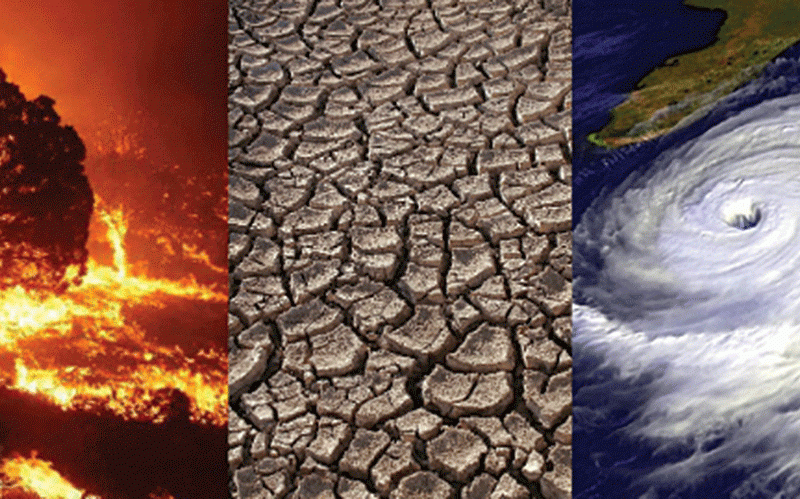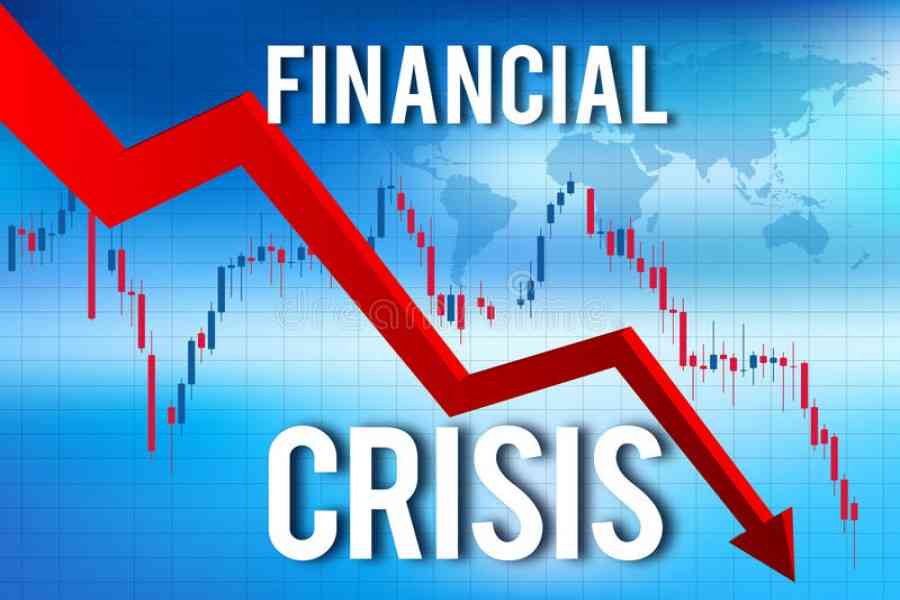
The Public Debt Management Office (PDMO) published the 2023 Public Debt Report (PDR) that accompanied the 2024 national budget statement.
The PDR is published in compliance with Section 300 of the constitution of Zimbabwe and Section 36 of the Public Debt Management (PDM) Act (Chapter 22:21).
This report details the performance of loans raised by the state and loans guaranteed by the state.
As such, the Zimbabwe Coalition on Debt and Development (Zimcodd) seeks to analyze the 2023 PDR to decode the key messages from this report, which will help gauge the impact of the country’s high indebtedness on the economy in general and citizens in particular.
The analysis will also proffer alternative solutions to the debt problem.
The PDMO revealed that total public and publicly guaranteed (PPG) debt was marginally up by 0.6%, in annual terms, to US$17.7 billion as of the end of September 2023 from US$17.6 billion as of the end of September 2022.
Of the September 2023 total PPG debt stock, 72% (US$12.7 billion) was contracted externally, while 28% (US$5 billion) was contracted from the domestic market.
The external PPG debt comprises bilateral debt (US$6 billion), multilateral debt (US$3.1 billion), and Reserve Bank of Zimbabwe (RBZ) debt (US$3.6 billion).
- The strange tale of China's loans to Zimbabwe
- ‘Govt pampering looters with tax breaks’
- 5 more UZ students arrested
- Child marriage cases spike
Keep Reading
In the same vein, the total domestic PPG debt consists of compensation to former farm owners (FFOs) (69.7%), government securities (29.2%), and arrears to service providers (1.1%).
Further analysis shows that the September 2023 total debt stock is 1.8% lower than the US$18.02 billion recorded in December 2022.
This decline is mainly attributable to a decrease in external debt due to the Treasury's takeover of US$684.8 million liabilities on the RBZ balance sheet.
The granular analysis of the public debt report shows that the primary drivers of public debt in Zimbabwe are arrears and penalties on existing debts.
Of the US$12.7 billion total external PPG debt, principal arrears (PRA), interest arrears (IRA), and penalties (PEN) alone constitute 54.9% (US$6.98 billion). From another angle, of the combined bilateral and multilateral debt amounting to US$9.1 billion, about 76% (US$7 billion) are PRA, IRA, and PEN.
The penalty interest rate charged by creditors is exorbitant; for instance, the highest penalty rate for bilateral creditors is 12.2%, while the highest penalty rate for multilateral creditors is 10.5%.
The debt default of the early 2000s, coupled with a shrinking economy, has attracted prohibitive penalties and subdued the capacity to service debts, thus trapping Zimbabwe in a debt overhang position.
Also, due to these high debt arrears, access to concessionary loan finance has been blocked.
As such, predatory creditors are taking advantage of Zimbabwe’s debt crisis by fuelling debt expansion - mortgaging natural resources and mineral revenues.
In addition, the public debt report also shows that debt stock is driven by government debt guarantees, particularly in agriculture.
For example, as of the end of September 2023, non-performing guarantees (NPGs) totalled US$198.01 million and $3.1 trillion.
About 98.4% of these NPGs supported farmers, with some loans having recovery rates as low as 20%.
The fact that taxpayers end up assuming NPGs they have never benefited from, as most beneficiaries are the ruling class and their connected few, has created a moral hazard, leading to more debt accumulation.
The 2023 public debt report has shown that Zimbabwe’s external debt distress is in distress, as arrears on principal and interest and penalties on payment default continue to mount.
Debt overhang is disastrous, especially given complex global challenges like climate change and deteriorating global geopolitics.
If left unresolved, the debt crisis will permanently trap Zimbabwe into a vicious debt trap of continuous borrowing, accumulation of arrears, and subsequent defaults.
The sustenance of high indebtedness constrains development through limited access to concessionary funding, currency devaluations, rising cost of money (interest rates), and sluggish economic growth.
So Zimbabwe faces an impossible choice between serving its people or servicing mounting debts.










